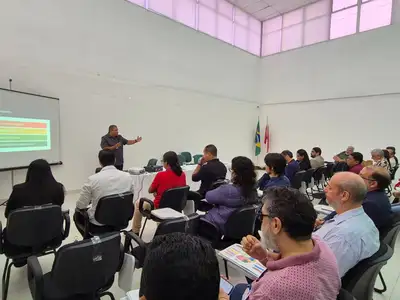Pará registers nearly 30% reduction in pollutant gas emissions over the last 20 years
Data is from Fapespa and qualifies discussions on climate change, biodiversity conservation, and a just transition to a low-carbon economy
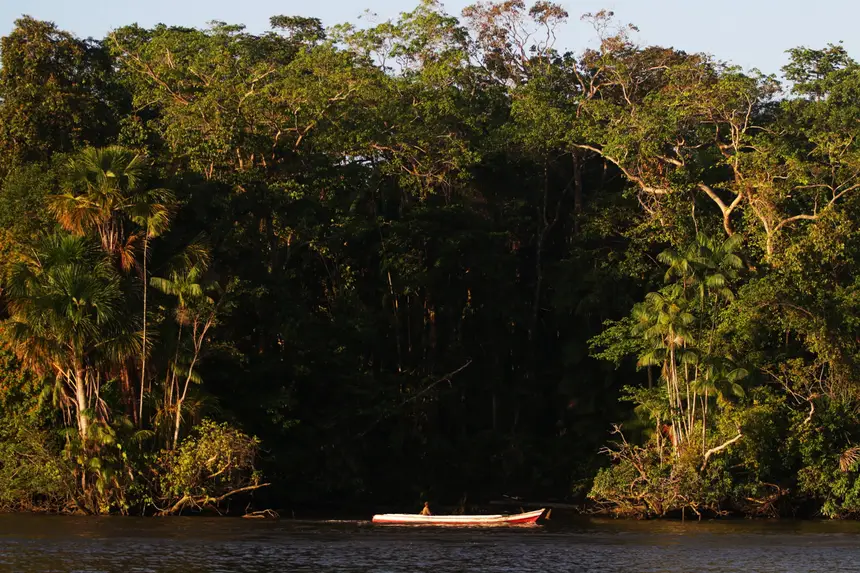
Scientific research is extremely important to support discussions on climate change and to inform decision-making. This is what the Amazon Foundation for Support of Studies and Research (Fapespa) does by releasing a technical note, pointing out a nearly 30% reduction in greenhouse gas (GHG) emissions over the last two decades in Pará.
In practice, Fapespa's data serves as the State government's diagnosis of greenhouse gas emissions and removals. Published on March 26, it is a fundamental study to qualify discussions on climate change, biodiversity conservation, economic growth, and a just transition to a low-carbon economy. Thus, the data will support decision-making not only by the government but also by all stakeholders, including the private sector, financial institutions, NGOs, indigenous peoples, traditional communities, etc.
“It is important to highlight that the reduction of CO2 emissions (the main greenhouse gas) is a direct result of robust and intersectoral initiatives such as the State Plan for Amazon Now (PEAA), launched in 2020, which articulates command and control actions with economic incentives, and the State Plan for Bioeconomy of Pará (PlanBio), which promotes the sustainable use of Amazonian biodiversity as the basis for a new inclusive and low-carbon economy,” emphasizes Fapespa's president, Marcel Botelho.
Research is based on Climate Observatory tool
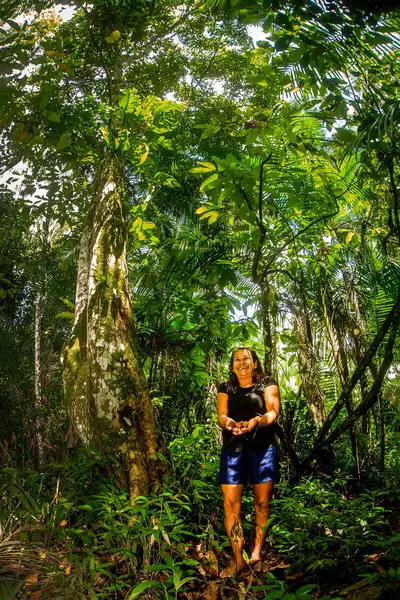
To arrive at the data on sustainability in Pará, Fapespa developed its study based on the System of Estimates of Emissions and Removals of Greenhouse Gases (SEEG), one of the largest databases in this segment in the world, and is an initiative of the Climate Observatory (a network of environmental entities from Brazilian civil society formed to discuss the problem of global warming in the Brazilian context).
The study by the Amazon Foundation for Support of Studies and Research also points out the economic activities and municipalities that contribute most to emissions and removals.
“The Brazilian Amazon plays a fundamental role in global climate balance, acting as a carbon 'sink' capable of capturing large amounts of CO2 from the atmosphere,” notes Márcio Ponte, director of Socioeconomic Studies and Conjunctural Analysis at Fapespa.
Carbon sinks are places, activities, and processes where the amount of CO2 absorbed and captured is greater than the emissions. However, Fapespa's director, Márcio Ponte, points out that “the destruction of the forest has compromised its ability to sequester carbon and, in some areas, it has already become a net emitter of GHG.”
“Pará, due to its vast territorial extension and significant presence of the Amazon rainforest, occupies a central position, with the challenge of balancing economic growth, social justice, and environmental protection. We launched the technical note as a tool to assist in the search for solutions that can reduce negative environmental impacts and strengthen conservation initiatives,” explains Ponte.
CO2 emissions and removals - Fapespa's study analyzed CO2 emissions and removals based on data that reflect the dynamics of carbon in the economy and environment of Pará, considering strategic sectors such as deforestation, agriculture, industry, and energy generation.
According to the research, in the timeline of greenhouse gas emissions, 2023 was the year with the lowest recorded emissions since 2017. The gross emissions from Pará in 2023 were 312.3 million tons of CO2, which corresponds to 13.6% of the total GHG emitted nationally.
When considering net emissions, which are the difference between gross emissions and CO2 removals, the year 2023 ended with 192.6 million tons of CO2, the lowest record since 2017, along with a significant decrease of 60.6% compared to the year 2000.
The data also indicate a significant reduction in gross CO2 emissions from the state of Pará between 2000 and 2023, decreasing from 438.7 million to 312.3 million tons of CO2, a drop of 28.8%. This reduction was driven primarily by a 49.8% decrease in emissions from agricultural use in primary forest, suggesting progress in the preservation of these areas and possibly a more effective application of environmental policies and monitoring mechanisms.
The significant reduction in emissions from “forest formation – pasture,” which fell by 45.6% (from 376.1 to 204.7 million tons of CO2), was the main factor responsible for the decrease in emissions in Pará. This decline may reflect a lower conversion of forests into pastures.
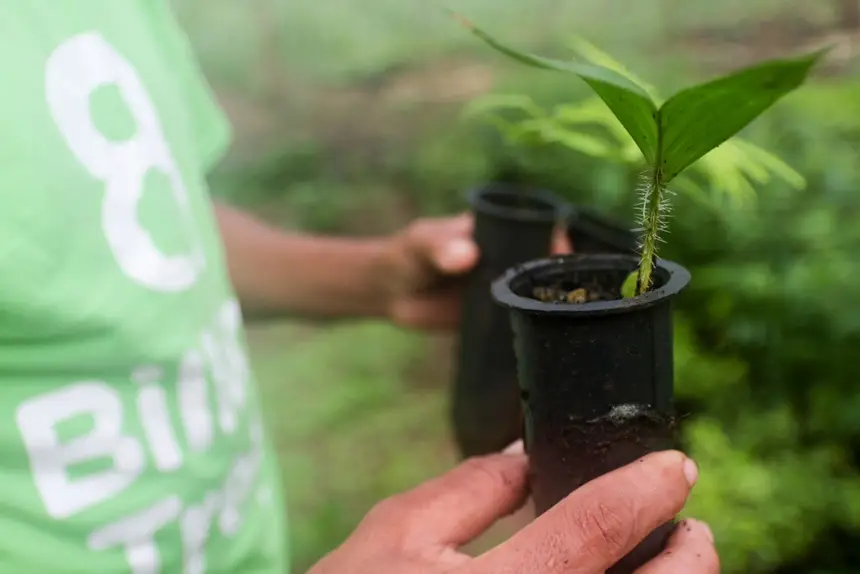
When looking at the emitters, livestock remains the largest source of GHG emissions, representing 91.9% of total emissions in 2023. Despite this, between 2000 and 2023, the activity was the main contributor to the reduction of gross emissions in Pará, with a decrease of 31.6% (from 419.2 to 286.9 million tons of CO2). This reduction may be associated with factors such as changes in management practices, greater efficiency in production, or even the slowdown in the conversion of new forest areas into pastures.
However, the high levels of emissions reinforce the need for continuous mitigation policies, such as sustainable intensification, encouragement of integrated production systems, and implementation of low-emission technologies in the livestock chain.
Removals - In assessing CO2e removals, which are the quantities of this gas removed from the atmosphere, Pará has shown a great capacity for capture, maintaining levels above 119 million tons of CO2e removed from the atmosphere since 2013.
The capture increased by 136%, rising from 71 million tons of CO2e in 2000 to 167.5 million tons in 2023. This growth was driven by the increase in capture from primary forest (+148.6%) and secondary forest (+125.4%), highlighting the importance of forest ecosystems for offsetting emissions.
Among the economic activities responsible for the increase in CO2 capture in Pará between 2000 and 2023, “native vegetation” stands out as the main factor for growth in CO2 sequestration from the atmosphere, with an increase of 135.3% during the period. This advancement solidified native vegetation as the largest carbon sink, representing 99.7% of the total removal of carbon dioxide from the atmosphere.
The primary forest, the research emphasizes, continues to be the main CO2e removal system, capturing 110.4 million tons, 65.9% of the total substance. The secondary forest accounts for 31.2% of the capture, reinforcing the role of forest regeneration in carbon absorption. Other systems, such as primary (2.2%) and secondary (0.3%) non-forest vegetation, as well as areas without vegetation for agricultural use (0.3%), have smaller but still relevant contributions within the context of CO2e capture in Pará. Another highlight was the floodplain forest, which also showed a significant increase in CO2e removal (+101.1%), indicating that wetland areas and floodplain ecosystems play a relevant role in mitigating emissions.
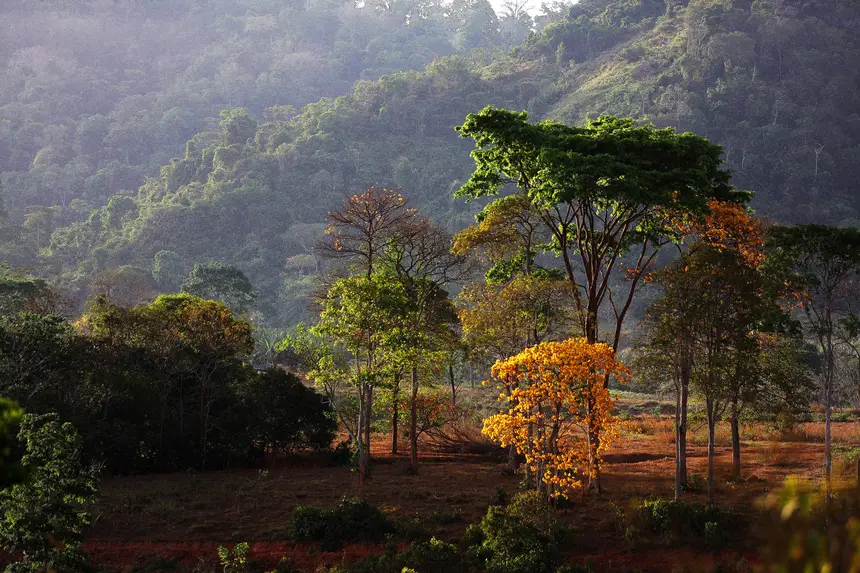
Municipalities with reductions in pollutant gas emissions
The analysis of the main municipalities with gross CO2 emissions in Pará between 2000 and 2023 reveals a scenario of significant reduction in some localities. Marabá stood out in emission reduction, with a 60% drop, which caused the municipality to move from second to sixth place in the emitter ranking, now accounting for 2.7% of total emissions in Pará. Santa Maria das Barreiras also showed a significant decrease of 44.7%, moving from third to ninth place, with a 2.3% state participation. São Félix do Xingu, despite reducing its emissions by 14.9%, remained the largest emitter of CO2e, with 8.1% of total emissions.
In terms of capture, one of the main highlights is the municipality of Altamira, which increased gas removal by 160.4%, maintaining its position as the largest receiver of CO2e, with a 15.1% share. This growth may be related to environmental initiatives and sustainable practices that increased the capacity for gas removal in the region, highlighting Altamira as one of the main positive contributors to the mitigation of greenhouse gas emissions in Pará.









